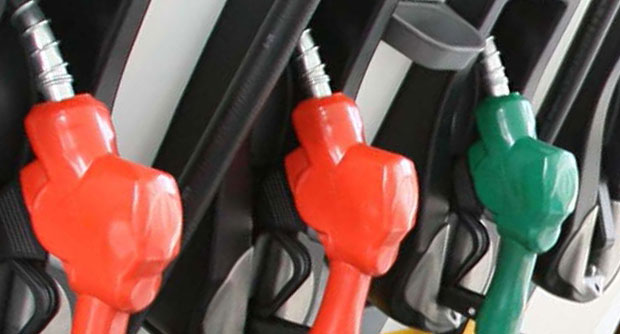
INQUIRER FILE PHOTO
(First of a series)
MANILA, Philippines — The incoming presidential administration is bracing for the impact of an oil price shock caused by a surge in demand as economies around the world reopen over two years after the start of the pandemic, aggravated by Russia’s invasion of Ukraine.
“High oil prices are a headache to any administration because of the critical importance of oil—a significant source of power or energy for our industries and daily lives,” said Arsenio Balisacan, chair of the Philippine Competition Commission, who will be the country’s chief economist under President-elect Ferdinand Marcos Jr.
Balisacan, who will return as chief of the National Economic and Development Authority in July, told the Inquirer that he will crunch the numbers on expensive oil’s effects on the domestic economy. The Philippines is a net importer of oil.
Among the reasons why President Rodrigo Duterte’s economic managers tempered their growth expectations for this year to a narrower 7 to 8 percent range from 7 to 9 percent previously were external risks emanating from the Ukraine crisis, including oil price pressures.
The Development Budget Coordination Committee last month said it jacked up its assumption for the price of Dubai crude oil to $90-110 a barrel for 2022 “considering potential supply disruptions caused by the Russia-Ukraine conflict.”
Private-sector economists echoed Balisacan’s view, and BDO Unibank chief market strategist Jonathan Ravelas summed it all up: “expensive oil means higher cost of power and transport, and, in turn, higher cost of input and logistics costs” — the wheels of the consumption-driven Philippine economy.
“High oil prices are inflationary, with the bulk of industries dependent on crude to power production. As such, production costs get higher and are passed on to consumers. This consequently leads to both higher inflation print and expectations, and if not checked or reined-in may lead to a price growth spiral, eroding the consumer’s budget, and slowing growth,” Security Bank chief economist Robert Dan Roces said.
Nicholas Antonio Mapa, senior Philippine economist at Dutch financial giant ING said the Philippines’ energy mix is dominated by coal, which accounts for 47 percent, and then oil, at 6 percent. “Thus, elevated global energy prices are likely to impact more than 50 percent of our power supply.”
“On top of that, imported oil-based products power most of our public transportation (not to mention private users as well) and manufacturing, suggesting that transportation and production costs are all likely headed north,” he said.
The situation is aggravated by the fact that the price of diesel — which largely fuels the Philippine industrial, transportation, and agriculture sectors — has risen faster than other petroleum products.
Where there once was a wide price difference with diesel being much cheaper than unleaded gas, that gap has narrowed substantially in recent weeks to as little as It is now only P1.15 in some filling stations.
The implications on the diesel-dependent Philippine economy are significant.
To be continued
RELATED STORIES
Dominguez advice to Bongbong Marcos: Keep oil taxes
Dominguez: Fuel marking helped collect P439.4B in oil taxes
DOF: More aid, suspended oil tax would have bloated PH debt to P15.4T in 2022